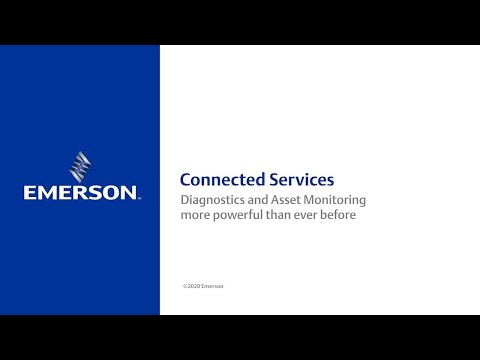
When we hear about manufacturing coming back to the U.S. (reshoring), that’s in large part due to the lower energy prices we’re enjoying. Those energy prices, in turn, are a direct result of the shale gas regions and their hydraulic fracturing operations.
These developments have had a significant impact on refineries in this country, not only because the U.S. has become a major energy exporter, but also because shale discoveries present a different type of crude oil. The average crude oil is getting heavier worldwide, but in the U.S. it’s lighter because, on average, it’s easier to recover the lighter components from the fracking process, explains Doug White, director of global refining solutions for Emerson Process Management in Houston. This, along with new regulatory requirements, is having an impact on refineries, he adds.
At the grand opening ofEmerson’s Innovation Centerin Round Rock, Texas, last month, White presented the latest developments in the refinery market, including impacts from oil discoveries, global demand, and technology advancements.
Energy demands around the world are a mixed bag, certainly. “Low sulfur diesel demand is up, gas demand is down, and fuel oil is disappearing,” White says, adding that developing countries are building new capacity while developed countries reduce capacity.
For example, fuel demand is increasing in Europe, but a lot of the older refinery capacity is being mothballed while new refining capacity is showing up in Russia. Likewise, in Asia, there’s some new capacity in China and India as capacity is cut back in Japan and Australia, White says.
Roughly stable fuel demand in North America even as production increases means that exports are up. “The U.S. is exporting a lot of product, which we never would’ve predicted 10 years ago,” White says. “Exports to Latin America are providing a key part of that demand.”
The automation component
All of these market factors have an effect on the automation that is brought into refineries. The technology evolution continues, White says, with refineries taking advantage of low-cost computing and communications, reduced computational limits, and “really no practical limits on data storage.”
What these technical trends mean, for one, is that refineries are moving away from simply reacting to events. “In the past, they would detect a problem and then react to it,” White says. “Now they try to predict early and respond before it happens.”
Other technology-related changes for refineries, White notes, include a very large increase in real-time measurements, improved visibility of a refinery’s performance, increased importance for software modeling of operations, increased automation, integration of remote expertise, and increased focus on training staff.
In short, there’s a lot of “smart” going on—smart final control, smart measurement, smart digital field networks, smart control/integration, smart process applications, and more. “Almost every refinery in North America is doing something,” White says. That “something” might be big or small, but typically the first steps are smart field devices with smart diagnostics, he explains. “The majority of refineries, when replacing transmitters or valves, are replacing with those with diagnostics,” he adds. “They don’t cost that much more, so there’s really no reason not to.”
Objectives are geared toward safety, sustainability, reliability and optimization, with refineries typically benchmarked by the Solomon indices, key among them availability, utilization, consumption and maintenance costs. “Most refineries are trying to figure out how they can get into the upper quartile,” White says.
They’re making more use of predictive analytics (moving from reaction to anticipation), pervasive sensing and remote automated operations, with an emphasis on cybersecurity.
For the expansion of pervasive sensing, White points to a typical refinery with a hard I/O count of 20,000 in 1990. That same refinery has 50,000 I/O points in 2014 and more than 100,000 by 2025. “And wireless is everywhere,” he notes. “If it’s an older plant, there’s a real barrier to adding wired connections. But with wireless, they could have a system up and operating, getting data, inside of a day.”
Remote automated operations can enable information on a valve being broadcast to a control room or another remote site, making the data available wherever things happen to be, White says. Not only the data is important, of course, but the analysis of that as well. Still in development, for example, is how to search and better analyze video footage.
White calls automation the nervous system of the refinery, likening it to the brain and nervous system of the human body, which make up less than 3 percent of the body’s weight, and yet are obviously vital. Likewise, the financial benefits of a smart refinery are numerous, including faster turnarounds, reduced energy costs, streamlined maintenance, reduced unplanned downtime, removed artificial constraints, and reduced operator distractions.


































